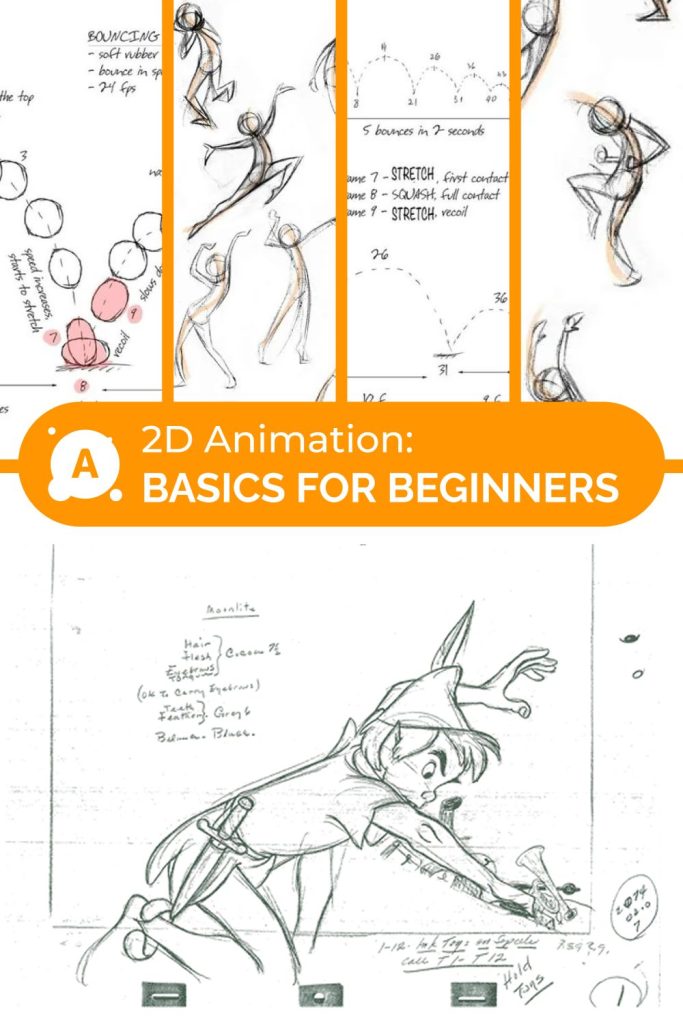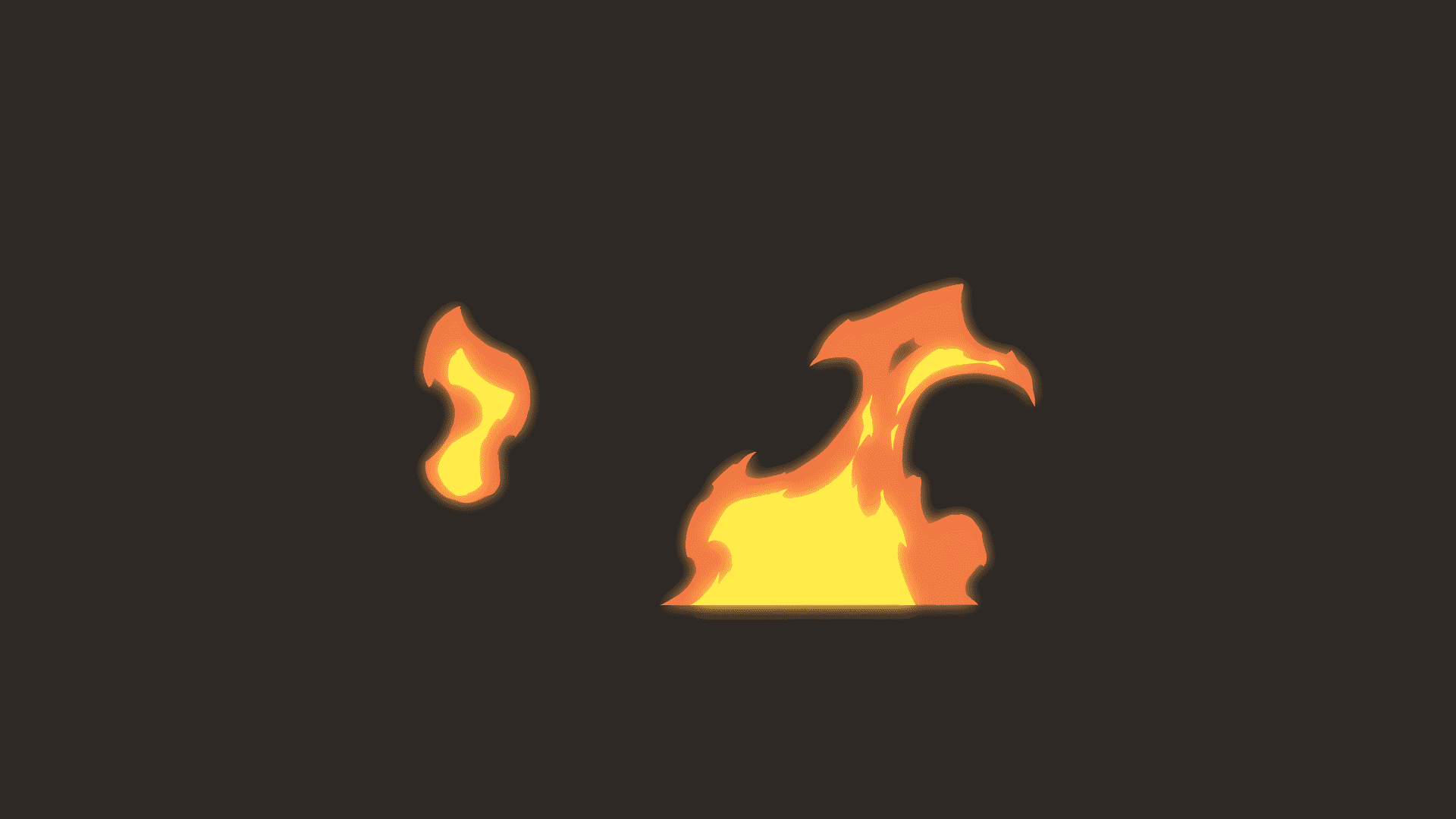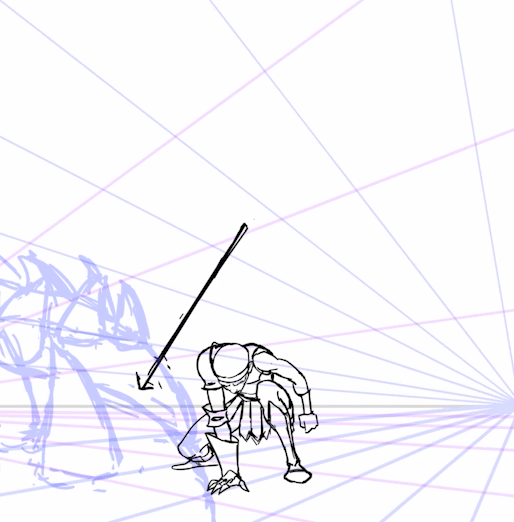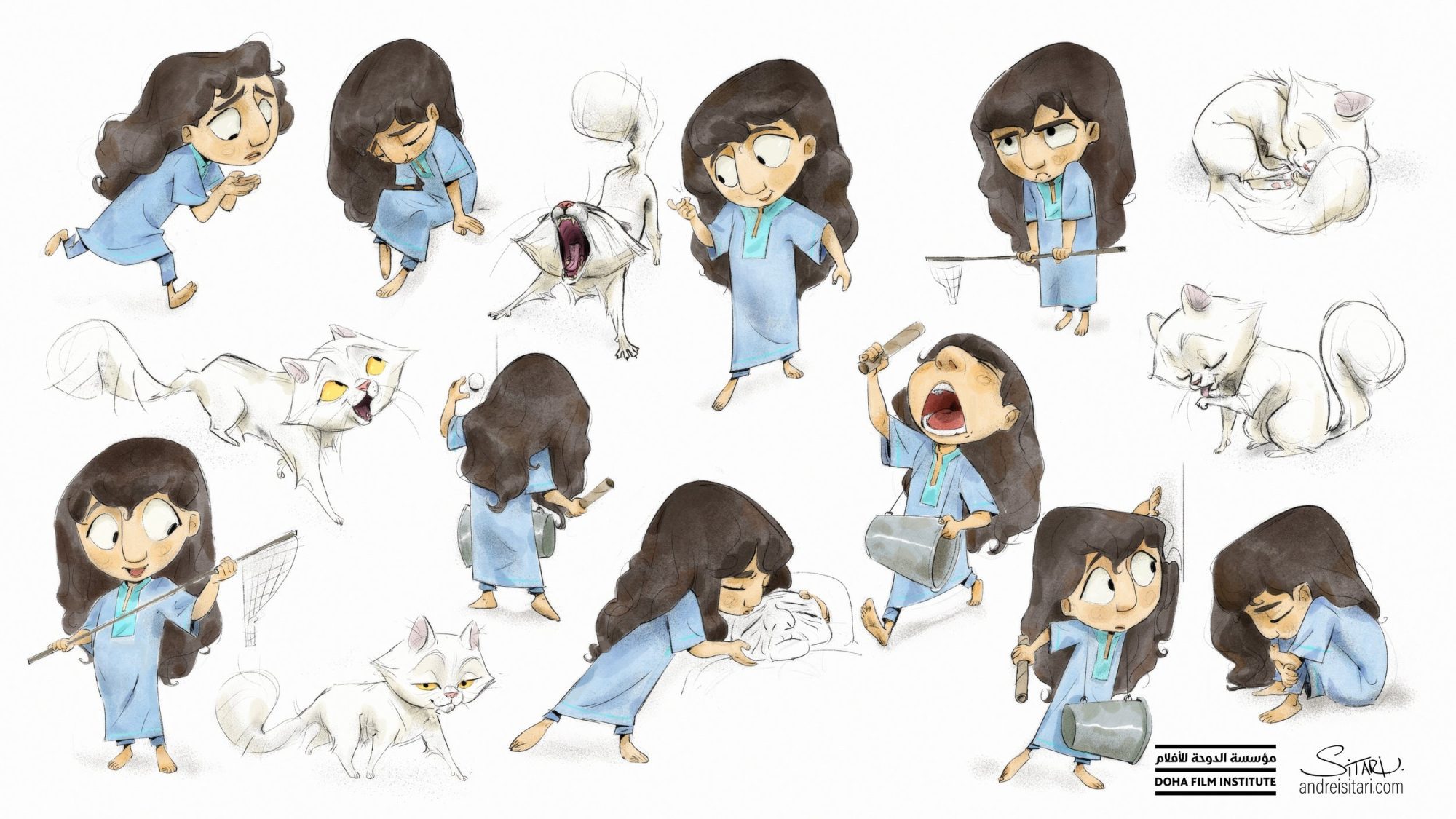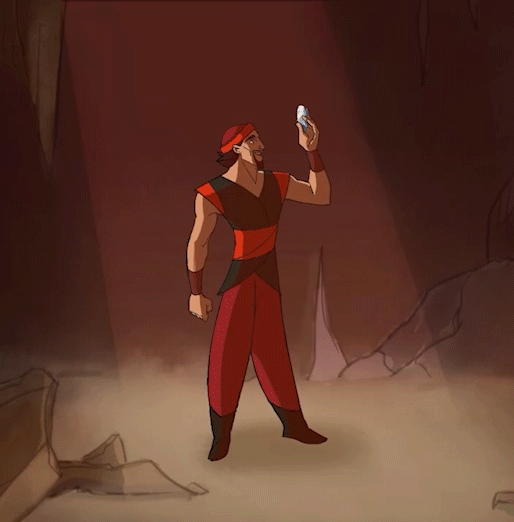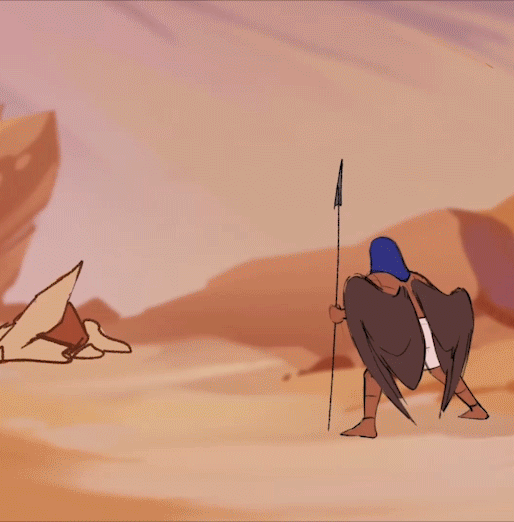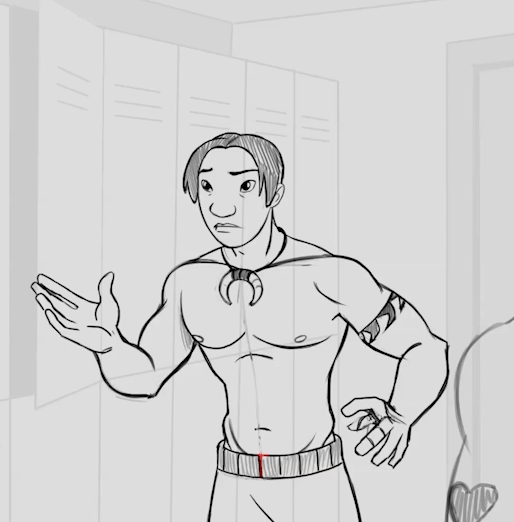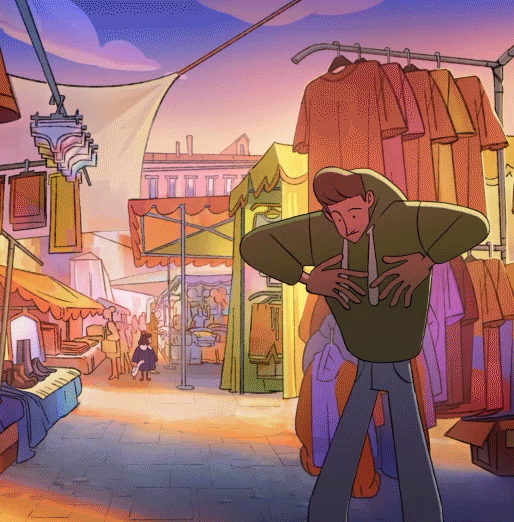Animation is the art of bringing still images to life, and anyone taking their first steps in this field faces many questions. Where to start? What tools to use? How to ensure a character’s movement looks convincing? In this article, animator and mentor at Animation Club School Edward Kurchevsky shares the basics of 2D animation and explains how you can start animating right now.
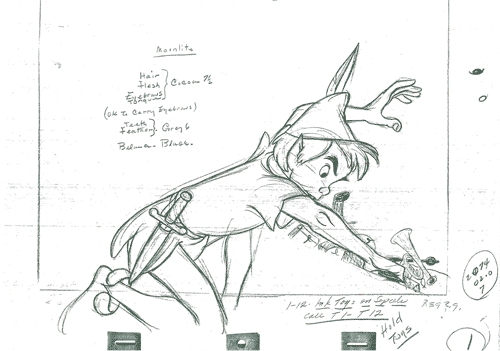
Animation Basics: Where to Begin
Everything starts with simple principles. Beginners often want to animate complex scenes right away, but it’s crucial to master basic exercises, such as the classic bouncing ball. This helps to understand fundamental movement laws: inertia, acceleration, deceleration, and weight.
«Everything starts with simple movements. If you can animate a ball correctly, then you can bring a complex character to life as well.» – emphasizes Edward.
At the core of any complex animation are basic movement mechanics. Even a dynamic hero’s jump is based on the same principles as a bouncing ball.
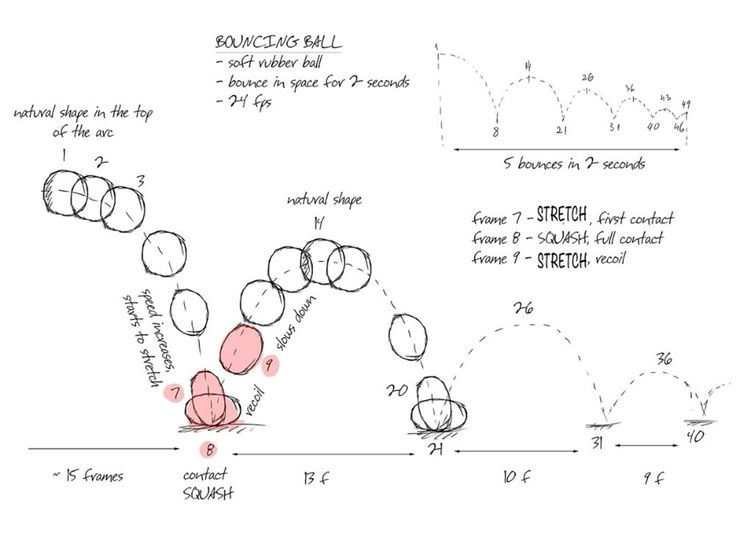
Overcoming the Fear of a Blank Page
One of the most common problems among beginner animators is the fear of an empty screen. Starting from scratch is challenging, and references can help here.
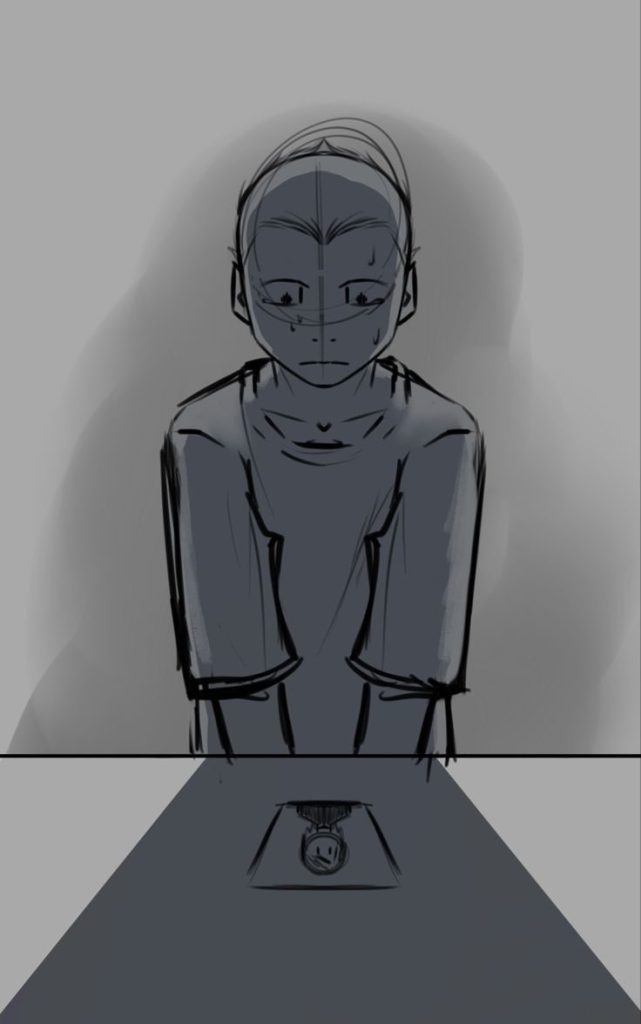
«Using references is not copying; it’s a crucial step in movement analysis. Without them, it’s easy to get lost in the process.»
Recording your own references or finding examples in films and real life helps to better understand how the body moves through space.
The Importance of Proper Timing
One of the most challenging aspects of animation is getting the timing right. It’s what creates the sense of weight and natural movement.
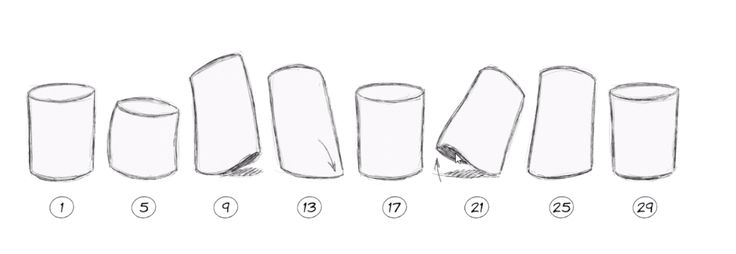
«Good timing is the difference between smooth and snappy animation. It’s what makes movement convincing.»
To improve your sense of rhythm, observe movement in real life: analyze how people walk, how objects fall, and how the body reacts to different forces.
Working with Software
Choosing the right software plays an important role in learning animation. Edward uses TVPaint, but he notes that the choice of software is secondary to understanding the fundamentals.
Edward «Software is just a tool. If you understand the basics of animation, you can work in any program.»
For beginners, TVPaint, Toon Boom Harmony, or OpenToonz are good options—it’s essential to find the one that feels comfortable for you.
Common Beginner Mistakes and How to Avoid Them
One of the most frequent mistakes among beginners is poorly defined key posing. Many jump straight into in-between frames without establishing strong key poses.
«If your keyframes are weak, the whole animation will be unconvincing. Start with solid poses and only then add in-betweens.»

Another key point is not fearing rough work. Animation is built step by step: first comes a rough sketch, then refinement, followed by clean-up.
Conclusion
You can start animating right now—all it takes is mastering the basics and practicing consistently. Don’t be afraid of mistakes, use references, and analyze movement.
«Animation is a process that requires time and patience. But if you practice regularly, you will see progress very soon.»
If you want to dive deeper into the world of animation, try studying at Animation Club School, where you can develop your skills under the guidance of professionals.
